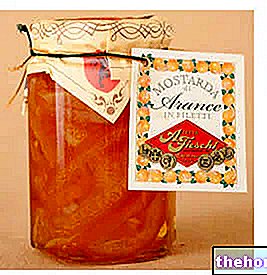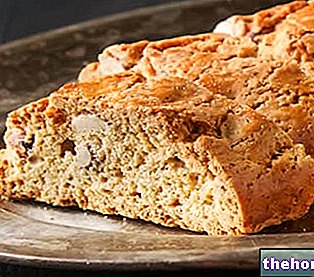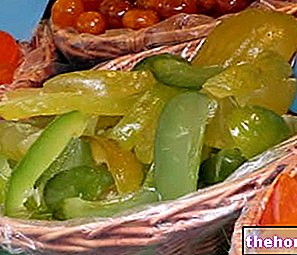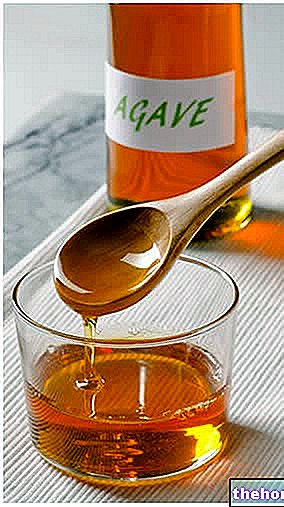Generality
Cantucci - also called cantuccini or Prato biscuits - are traditional dry sweets, typical of the province of Prato (Tuscany). In Umbria and Lazio they are called with the "tozzetti" name.

This processing method makes the cantucci typically dry, hard and long-lasting.
Cantucci contain mainly wheat flour, butter, eggs, almonds, sugar, liqueur and spices (cardamom, cinnamon, cloves, star anise).
Cantuccini are typically consumed with Vin Santo, a fortified wine in which they are used to soak them.
Cantucci enjoy the recognition of Italian Traditional Agri-food Product (P.A.T.).
Nutritional Characteristics
Cantucci have a high energy intake, provided above all by carbohydrates, followed by lipids and finally by proteins.
Fatty acids are mainly unsaturated, complex carbohydrates (even if the ratio between starch and soluble sugars is almost 1: 1) and proteins of medium biological value.
There is no detailed nutritional information on the intake of vitamins and minerals.
Cantucci are not suitable for frequent consumption and / or in significant portions. They are especially contraindicated for overweight subjects suffering from hyperglycemia or type 2 diabetes mellitus and hypertriglyceridemia.
Due to the gluten content, cantucci are not suitable for a diet against celiac disease.
They do not include milk and can be included in the diet of the lactose intolerant.
Cantucci are tolerated by the lacto-ovo vegetarian philosophy but not by the vegan one.
Using them as a breakfast or snack food, the average portion is 4-5 pieces, corresponding to 20-25 g, i.e. 90-110 kcal.
To consult the "alternative diet" recipe proposed by Alice (without butter, therefore with less cholesterol, saturated fat and calories), we recommend that you click here.
Cantucci Cookies Without Butter
Problems with playing the video? Reload the video from youtube.
- Go to the Video Page
- Go to the Video Recipes Section
- Watch the video on youtube





























